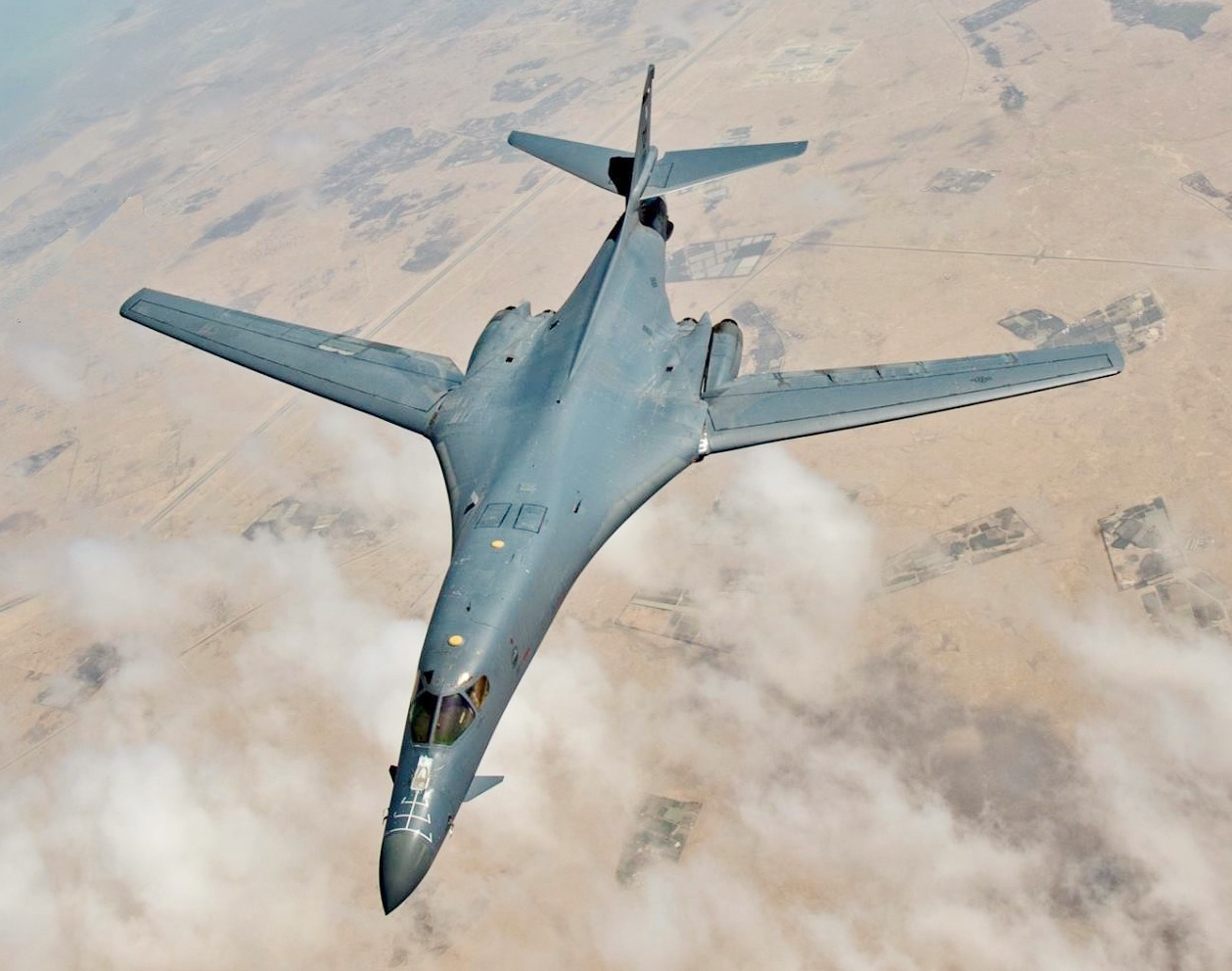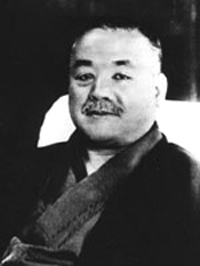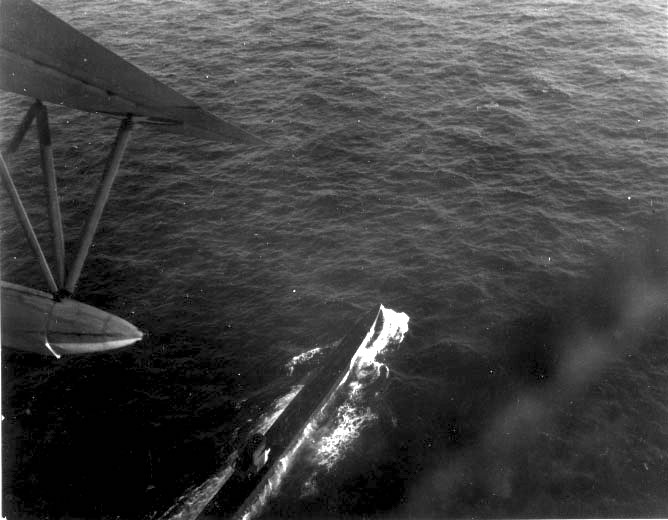|
Project Z (bomber Project)
The Project Z (also called the "Z Bombers Project") was a military project of the Empire of Japan, similar to the Nazi German Amerikabomber project, to design an intercontinental bomber capable of reaching North America. The planned aircraft The Project Z aircraft was to have six engines; the Nakajima Aircraft Company quickly began developing engines, proposing twinned Nakajima Ha-44 engines (the most powerful aircraft engine available in Japan at the time). Designs were presented to the Imperial Japanese Army, including the Nakajima G10N, Kawasaki Ki-91, and Nakajima G5N. None, save for the G5N, developed beyond prototypes or wind tunnel models. Late in the war, Project Z and other heavy bomber projects were cancelled. See also *American Theater (World War II) The American Theater was a theater of operations during World War II including all continental American territory, and extending into the ocean. Owing to North and South America's geographical separ ... [...More Info...] [...Related Items...] OR: [Wikipedia] [Google] [Baidu] |
Strategic Bomber
A strategic bomber is a medium- to long-range Penetrator (aircraft), penetration bomber aircraft designed to drop large amounts of air-to-ground weaponry onto a distant target for the purposes of debilitating the enemy's capacity to wage war. Unlike tactical bombing, tactical bombers, Penetrator (aircraft), penetrators, fighter-bombers, and attack aircraft, which are used in air interdiction operations to attack enemy combatants and military equipment, strategic bombers are designed to fly into enemy territory to destroy strategic targets (e.g., infrastructure, logistics, Military base, military installations, factories, etc.). In addition to strategic bombing, strategic bombers can be used for tactical bombing, tactical missions. There are currently only three countries that operate strategic bombers: the United States, Russia and China. The modern strategic bomber role appeared after Strategic bombing during World War II, strategic bombing was widely employed, and Atomic bombing ... [...More Info...] [...Related Items...] OR: [Wikipedia] [Google] [Baidu] |
Imperial Japanese Army
The was the official ground-based armed force of the Empire of Japan from 1868 to 1945. It was controlled by the Imperial Japanese Army General Staff Office and the Ministry of the Army, both of which were nominally subordinate to the Emperor of Japan as supreme commander of the army and the Imperial Japanese Navy. Later an Inspectorate General of Aviation became the third agency with oversight of the army. During wartime or national emergencies, the nominal command functions of the emperor would be centralized in an Imperial General Headquarters (IGHQ), an ad hoc body consisting of the chief and vice chief of the Army General Staff, the Minister of the Army, the chief and vice chief of the Naval General Staff, the Inspector General of Aviation, and the Inspector General of Military Training. History Origins (1868–1871) In the mid-19th century, Japan had no unified national army and the country was made up of feudal domains (''han'') with the Tokugawa shogunate (''bakufu ... [...More Info...] [...Related Items...] OR: [Wikipedia] [Google] [Baidu] |
Nakajima G10N
The Nakajima G10N ''Fugaku'' (Japanese: 富岳 or 富嶽, " Mount Fuji") was a planned Japanese ultra-long-range heavy bomber designed during World War II. It was conceived as a method for mounting aerial attacks from Japan against industrial targets along the west coast (e.g., San Francisco) and in the Midwest (e.g., Detroit, Chicago, and Wichita) and the northeast (e.g., New York City and Norfolk) of the United States. Japan's worsening war situation resulted in the project's cancellation in 1944 and no prototype was ever built. Design and development The Fugaku had its origins in "Project Z (bomber project)", a 1942 Imperial Japanese Army specification for an intercontinental bomber which could take off from the Kuril Islands, bomb the continental United States, then continue onward to land in German-occupied France. Once there, it would be refueled and rearmed and make another return sortie. Project Z called for three variations on the airframe: heavy bomber, transpo ... [...More Info...] [...Related Items...] OR: [Wikipedia] [Google] [Baidu] |
Kawasaki Ki-91
The Kawasaki Ki-91 was a Japanese heavy bomber developed by Kawasaki Aircraft Industries during the later years of World War II. Development In early 1943, following the cancellation of the Nakajima Ki-68 and Kawanishi Ki-85 due to the failure of the Nakajima G5N, Kawasaki responded to the Imperial Japanese Army's requirement for a long-range bomber of similar size and performance to the B-29 Superfortress with the Ki-91. Like the G5N, Ki-68, and Ki-85, the Ki-91 was to be capable of launching attacks on the continental US from Japan. In April 1944, a wooden mockup was built for inspection, and by May production of the first prototype was ordered. Construction of the prototype began in June, but the first B-29 raids on Japan were underway beginning that month. In February 1945, the first Ki-91 prototype was 60 percent complete when a B-29 air raid damaged the facility in Gifu Prefecture where the Ki-91 prototype was being built, bringing the program to a halt. Design The Ki-91 ... [...More Info...] [...Related Items...] OR: [Wikipedia] [Google] [Baidu] |
Nakajima G5N
The Nakajima G5N ''Shinzan'' (, "Deep Mountain") was a four-engined long-range heavy bomber designed and built for the Imperial Japanese Navy prior to World War II. The Navy designation was "Experimental 13-Shi Attack Bomber"; the Allied code name was "Liz". Design and development The Nakajima G5N ''Shinzan'' originated due to the Imperial Japanese Navy's interest in developing a long-range attack bomber capable of carrying heavy loads of bombs or torpedoes a minimum distance of . To meet this requirement, it became apparent a four-engine lay-out would be necessary. As Japanese aircraft manufacturers lacked experience in building such large complex aircraft, the Navy was forced to search for a suitable existing foreign-made model upon which to base the new design. It settled on the American Douglas DC-4E airliner. In 1939 the sole prototype of this airliner (previously rejected by American airline companies) was purchased by Nippon Koku K.K. (Japan Airlines Co) and clandestinely ... [...More Info...] [...Related Items...] OR: [Wikipedia] [Google] [Baidu] |
Empire Of Japan
The also known as the Japanese Empire or Imperial Japan, was a historical nation-state and great power that existed from the Meiji Restoration in 1868 until the enactment of the post-World War II Constitution of Japan, 1947 constitution and subsequent formation of modern Japan. It encompassed the Japanese archipelago and several colony, colonies, protectorates, League of Nations mandate, mandates, and other Dependent territory, territories. Under the slogans of and following the Boshin War and restoration of power to the Emperor from the Shogun, Japan underwent a period of industrialization and militarization, the Meiji Restoration, which is often regarded as the fastest Modernization of Japan, modernisation of any country to date. All of these aspects contributed to Japan's emergence as a great power and the establishment of Japanese colonial empire, a colonial empire following the First Sino-Japanese War, the Boxer Rebellion, the Russo-Japanese War, and World W ... [...More Info...] [...Related Items...] OR: [Wikipedia] [Google] [Baidu] |
Amerikabomber
The ''Amerikabomber'' () project was an initiative of the German Ministry of Aviation (''Reichsluftfahrtministerium'') to obtain a long-range strategic bomber for the ''Luftwaffe'' that would be capable of striking the United States (specifically New York City) from Germany, a round-trip distance of about . The concept was raised as early as 1938, but advanced plans for such a long-range strategic bomber design did not begin to appear before ''Reichsmarschall'' Hermann Göring until early 1942. Various proposals were put forward, but these plans were all eventually abandoned as they were too expensive, too reliant on rapidly-diminishing materiel and production capacity, and/or technically unfeasible. Background According to Albert Speer's book, '' Spandau: The Secret Diaries'', Adolf Hitler was fascinated with the idea of New York City in flames. In 1937, Willy Messerschmitt hoped to win a lucrative contract by showing Hitler a prototype of the Messerschmitt Me 264 that was be ... [...More Info...] [...Related Items...] OR: [Wikipedia] [Google] [Baidu] |
Nakajima Aircraft Company
The was a prominent Japanese aircraft manufacturer and aviation engine manufacturer throughout World War II. It continues as the car and aircraft manufacturer Subaru. History The Nakajima Aircraft company was Japan's first aircraft manufacturer, and was founded in 1918 by Chikuhei Nakajima, a naval engineer, and Seibei Kawanishi, a textile manufacturer, as . In 1919, the two founders split and Nakajima bought out Nihon Aircraft's factory with tacit help from the Imperial Japanese Army. The company was renamed Nakajima Aircraft Company in 1919. The company's manufacturing facilities consisted of the following: * Tokyo plant * Musashino plant * Donryu plant * Ota plant, near Ōta Station. Visited by Emperor Shōwa on November 16, 1934. Critically damaged by American bombardment on February 10, 1945. Currently a Subaru Corporation plant for kei trucks. * Koizumi plant, near Nishi-Koizumi station. Critically damaged by American bombardment on April 3, 1945. Currently a Sany ... [...More Info...] [...Related Items...] OR: [Wikipedia] [Google] [Baidu] |
American Theater (World War II)
The American Theater was a theater of operations during World War II including all continental American territory, and extending into the ocean. Owing to North and South America's geographical separation from the central theaters of conflict (in Europe, the Mediterranean and Middle East, and the Pacific) the threat of an invasion of the continental U.S. or other areas in the Americas by the Axis Powers was negligible and the theater saw relatively little conflict. However, despite the relative unimportance of the American Theater, some battles took place within it, including the Battle of the River Plate, submarine attacks off the East Coast, the Aleutian Islands campaign, the Battle of the St. Lawrence, and the attacks on Newfoundland. Espionage efforts included Operation Bolívar. German operations South America ''See also Latin America during World War II'' Battle of the River Plate The first naval battle during the war was fought on December 13, ... [...More Info...] [...Related Items...] OR: [Wikipedia] [Google] [Baidu] |
World War II Japanese Heavy Bombers
In its most general sense, the term "world" refers to the totality of entities, to the whole of reality or to everything that is. The nature of the world has been conceptualized differently in different fields. Some conceptions see the world as unique while others talk of a "plurality of worlds". Some treat the world as one simple object while others analyze the world as a complex made up of many parts. In ''scientific cosmology'' the world or universe is commonly defined as " e totality of all space and time; all that is, has been, and will be". '' Theories of modality'', on the other hand, talk of possible worlds as complete and consistent ways how things could have been. '' Phenomenology'', starting from the horizon of co-given objects present in the periphery of every experience, defines the world as the biggest horizon or the "horizon of all horizons". In ''philosophy of mind'', the world is commonly contrasted with the mind as that which is represented by the mind. ''T ... [...More Info...] [...Related Items...] OR: [Wikipedia] [Google] [Baidu] |
American Theater Of World War II
The American Theater was a theater of operations during World War II including all continental American territory, and extending into the ocean. Owing to North and South America's geographical separation from the central theaters of conflict (in Europe, the Mediterranean and Middle East, and the Pacific) the threat of an invasion of the continental U.S. or other areas in the Americas by the Axis Powers was negligible and the theater saw relatively little conflict. However, despite the relative unimportance of the American Theater, some battles took place within it, including the Battle of the River Plate, submarine attacks off the East Coast, the Aleutian Islands campaign, the Battle of the St. Lawrence, and the attacks on Newfoundland. Espionage efforts included Operation Bolívar. German operations South America ''See also Latin America during World War II'' Battle of the River Plate The first naval battle during the war was fought on December 13, 1939, ... [...More Info...] [...Related Items...] OR: [Wikipedia] [Google] [Baidu] |






